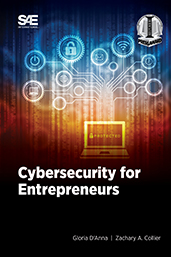Journal Article
A Global Survey of Standardization and Industry Practices of Automotive Cybersecurity Validation and Verification Testing Processes and Tools
2023-11-16
Abstract The United Nation Economic Commission for Europe (UNECE) Regulation 155—Cybersecurity and Cybersecurity Management System (UN R155) mandates the development of cybersecurity management systems (CSMS) as part of a vehicle’s lifecycle. ...Due to the focus of R155 and its suggested implementation guideline, ISO/SAE 21434:2021—Road Vehicle Cybersecurity Engineering, mainly centering on the alignment of cybersecurity risk management to the vehicle development lifecycle, there is a gap in knowledge of proscribed activities for validation and verification testing. ...An inherent component of the CSMS is cybersecurity risk management and assessment. Validation and verification testing is a key activity for measuring the effectiveness of risk management, and it is mandated by UN R155 for type approval.






